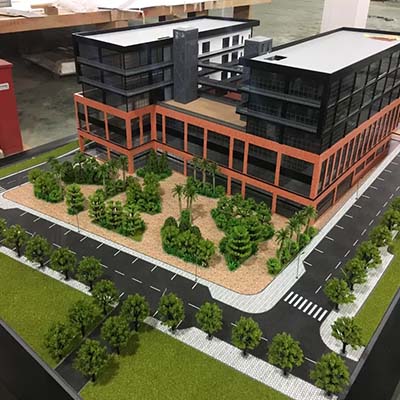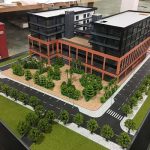
An architectural model is a tool to represent an idea. It can be used to present a design to a client, brainstorm for pitches and architecture competitions, and even prepare for an exhibition or presentation. The following article will cover the main stages of model making. Read on to learn more about working with model makers in Dubai.
Conceptual model making:
Concept models are an essential part of the process when making architectural models. They are designed to show how a building will look, level up from sketches, and show the overall structure. They also give the maker a better understanding of wind and sun paths. Conceptual models are built using boards and glue to represent the construction visually.
Topographic model making:
Topographic models express the contours and levels on a flat base. They can also be used for site analysis, as they allow you to see drainage and levels before construction begins. Foam board is one of the most versatile materials for creating architectural models, and it can be cut to any size and thickness that corresponds with the differences in the terrain. Each model is cut to the size of the land area being studied, and the final model is printed on a topographic plan sheet.
Architectural detail model making:
Detailed architectural models are the most accurate representations of large buildings. They feature architectural, landscape, and material detail. Professionals communicate their designs through drawings and other means. They create their architectural models using similar materials to the originals. Red modeling clay, for instance, can be cut into cuboids, and small rocks can be shaped into stone walls and brickwork. They can also be made to scale so actual materials can be used.
Presentation model making:
Before creating a model, you need to decide what kind of scale you want to use. If you’re making an interior room model, choose a 1:10 scale. If you’re making a model for a city plan, choose a scale of 1:2500 or 1:1000. Models made to these scales usually feature many material and component details. To make the final model, fill a plastic syringe with white glue or tacky glue and apply it to the model. Finally, use a straight pin to hold pieces together temporarily.





